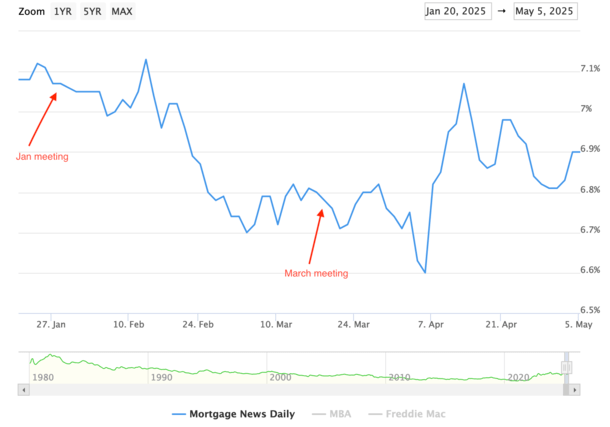Fannie, Freddie to 'talk to each other' to combat fraud
unitedbrokersinc_m7cmpd2025-05-06T21:22:34+00:00The Federal Housing Finance Agency will allow Fannie Mae and Freddie Mac to "talk to each other" to combat fraud, Director Bill Pulte said. In a post to X (formerly Twitter) Monday evening, the FHFA leader said the collaboration between the government-sponsored enterprises would be subject to terms and legal conditions. Pulte said details would follow, and an FHFA spokesperson didn't respond to a request for comment Tuesday. Fannie Mae and Freddie Mac are both under FHFA conservatorship but remain competitors in the mortgage space. The GSEs collaborate in some forms, such as the Uniform Mortgage Data Program, but are largely barred from working together despite their conservatorship."FHFA has made clear, however, that the GSEs are operating as unique and separate businesses and will continue to exercise independent business judgment in the use of loan data," a Fannie Mae post about the UMDP states.The FHFA does include Fannie Mae, Freddie Mac, and the Federal Home Loan Banks in its Suspended Counterparty Program. The list includes around 200 companies and individuals barred from doing business with the GSEs or FHLBanks, but it hasn't been updated since October. Pulte has pledged to step up the FHFA's use of the resource.Ed Pinto, a senior fellow and codirector at the American Enterprise Institute Housing Center, said Pulte's assertion regarding GSE conversation was correct. The former Fannie Mae executive recalled asking the company's general counsel in 1986 about guardrails in speaking with Freddie Mac, long before the competitors were brought under FHFA conservatorship."The answer was, you can talk to them about things that are for the good of the order of the mortgage industry," said Pinto.He cited efforts such as uniform application and uniform appraisal rules, and said Fannie and Freddie couldn't discuss efforts that would restrict competition. Separate policies for Fannie Mae and Freddie Mac could also be disruptive."You don't want gaming to go on," said Pinto, suggesting a tighter set of rules at one GSE would lead counterparties to work with the other. Pulte has made fraud a prominent focus of his agency, announcing several efforts last month via social media posts. Those include a new mortgage fraud tip line, and potential "loan recalls" for both GSEs. The FHFA director has also repeatedly referenced occupancy fraud, and separately suggested in a social media post that the new tip line was receiving input. "If you are committing mortgage fraud, you are a risk to the system and we are going to take the appropriate steps within our statutory capability," he said in a televised Fox Business interview Monday afternoon. In that interview, Pulte said the regulator has made an unspecified number of criminal referrals to the Department of Justice. One of those includes New York Attorney General Letitia James, who has joined other state AGs in suing the Trump administration over its various executive actions.

